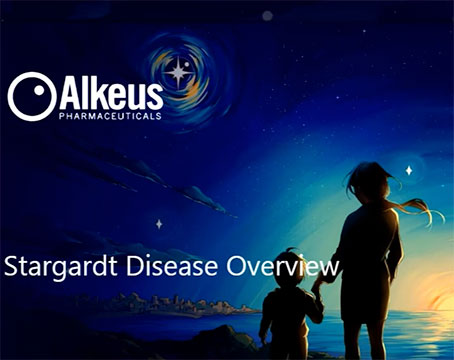Secondary IOL: Best Practices
Key pearls and tips for fixating lenses in the anterior and posterior chambers.
Featured Content
Cataract
When is it Safe to YAG for PCO?
Early YAG laser capsulotomy following cataract surgery can have its benefits, but some complications may arise if done prematurely.
Practice Management
How to Find and Retain Skilled Physicians and Staff
Practical tips on how to distinguish your ophthalmology practice in a crowded labor market.
Neuro-ophthalmology
Diagnosis and Management of Optic Neuritis
Experts go over the various causes of optic neuritis and the diagnostic clues to look for when a possible ON patient presents.
Light Adjustable Lens
The Light-Adjustable Lens in the Real World
How surgeons manage patient selection and workflow challenges for successful integration of this novel lens technology.
Meetings
Review of Ophthalmology Online eNewsletter
In this Issue:
- Frequency of VF Testing of POAG Patients
Did most subjects receive at least one visual field test per year?
-
Reticular Pseudodrusen: Macular Risk Feature for Late AMD Progression
See the nuances of this new biomarker.
- Refractive Stability, Axial Elongation & Related Factors in a High Myopia Population After ICL Implantation
Learn the status of myopic progression and axial elongation after surgery.
- Baseline Sattler Layer Choriocapillaris Complex Thickness Cutoffs & AMD Progression
Discover whether choroidal impairment contributes to disease progression.
- Industry News
Continuing Medical Education
-
Treating TED: More Than Meets the Eye
This educational activity aims to equip oculoplastic surgeons and ophthalmologists with advanced knowledge of the diagnosis, individualized treatment planning, and management of thyroid eye disease (TED), highlighting the importance of a collaborative, multidisciplinary care team.
Credits: 1.5 AMA PRA Category 1 CreditTM
1.5 Participation -
Seeing Eye to Eye on the Management of Neurotrophic Keratitis
This educational activity features real-world cases of patients with various stages of NK and aims to provide ophthalmologists with clinical data and pearls to aid in the diagnosis and treatment of NK.
-
Expressions on Evaporation: Clinical Perspectives on the Management of Dry Eye Disease
Corneal nerves have an essential role in maintaining ocular surface health and homeostasis. Manifestations of neurosensory abnormalities affecting corneal innervation include dry eye disease, neurotrophic keratopathy, and neuropathic corneal pain. These conditions can exist as a standalone entity, but they can also be concurrent and have overlapping features, making diagnosis challenging. Early diagnosis of dry eye disease, neurotrophic keratopathy, and neuropathic corneal pain is important to allow intervention that can help to restore function and improve quality of life. This educational activity reviews common diagnostic modalities that can be used by clinicians to identify these conditions.
Credit: Physicians: 1.00 AMA PRA Category 1 Credit™ -
Global Perspectives on Steroids: Study Designs and Diabetic Macular Edema Management Around the World (Text-based)
Earn free CME credits learning about the 1) Clinical Relevance of Protocol U 2) Real-life Experience with Dexamethasone Intravitreal Implants in Patients with DME 3) the Rationale for Early-Switch and First-Line Dexamethasone Implants for DME Management 4) Real World Use of Dexamethasone for DME and 5) the Fluocinolone Acetonide Intravitreal Implant for DMECredit: Physicians: 0.50 AMA PRA Category 1 Credit(s)™ -
Problem-Based Learning: Diagnosing and Managing Neurotrophic Keratitis
Join clinical experts as they discuss a problem-based learning approach to enhance cognition of best practices for diagnosing and managing neurotrophic keratitis (NK).
Credit: Physicians: 0.50 AMA PRA Category 1 Credit(s)™



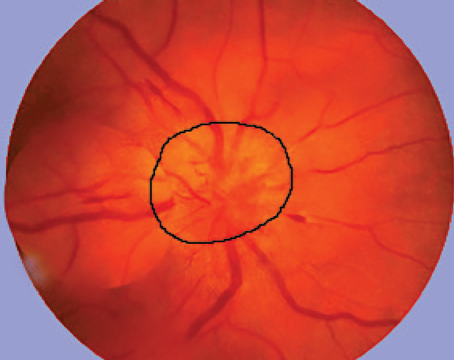
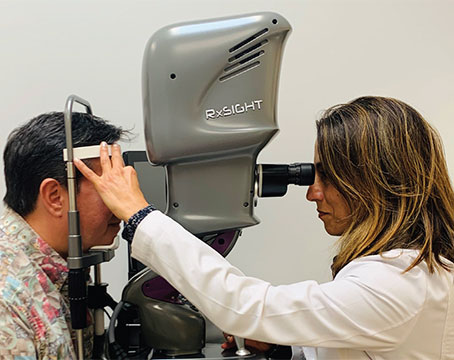
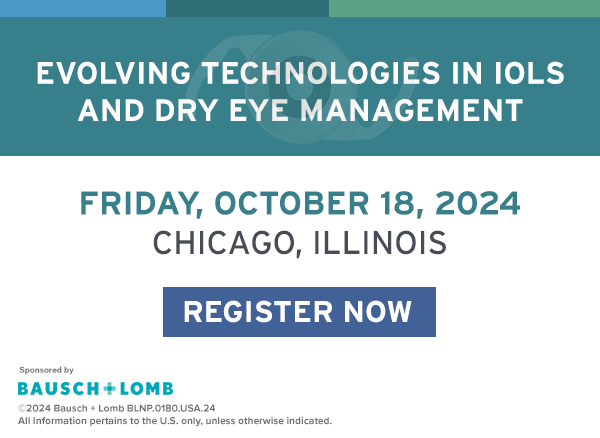
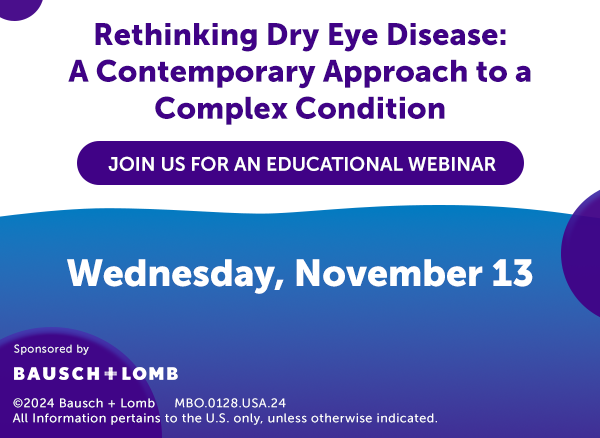
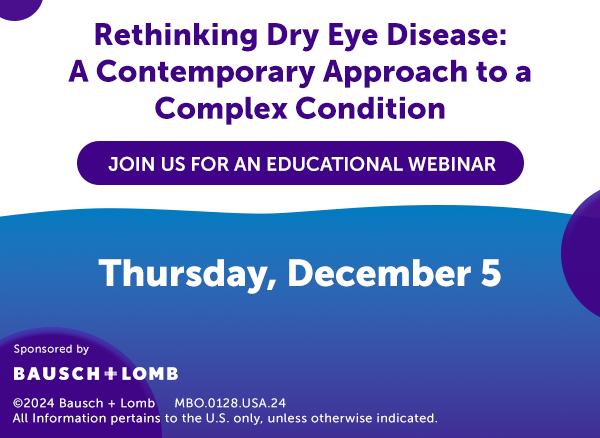
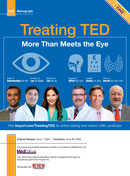
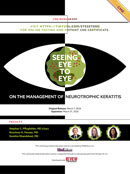
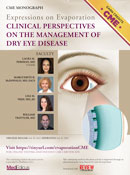
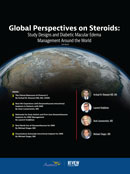
.png)
